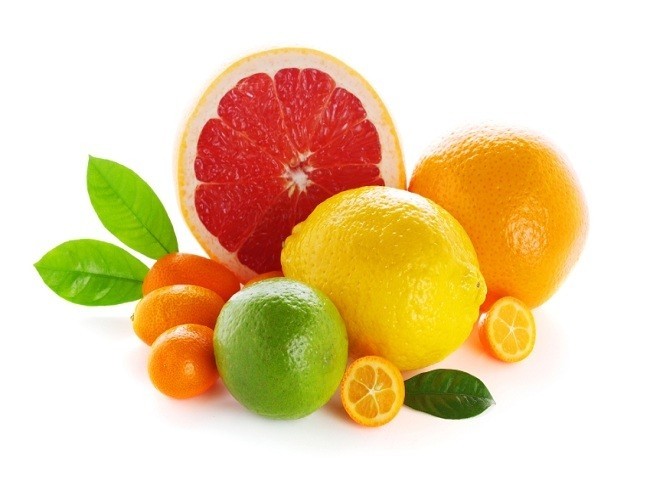Supply-demand imbalance escalating natural antioxidant market: F&S

Despite natural antioxidants being the preferred choice among customers, consumption of synthetic antioxidants, like BHA (butylated hydroxyanisole) and BHT (butylated hydroxytoluene), is still higher than that of naturally derived antioxidants, according to Frost & Sullivan.
The market research firm’s new North American Shelf-life Extension Food Additives Market report notes that the market earned revenues of $106.0 million in 2011 and estimates this to reach $197.8 million in 2018.
The antioxidant market in the US is dominated by global companies including BASF, ADM, and DSM. These companies control about 43% of the US market, with similar dominance in Europe, says the report.
Blending
“Apart from the shortage of raw materials used for extracting natural antioxidants, a demand-supply imbalance has escalated the prices of natural antioxidants,” said Frost & Sullivan research analyst Ashwin Raj Ravinder. “Naturally derived antioxidants such as mixed tocopherols are particularly challenged by huge price hikes.”
The scarcity of natural Vitamin E as a shelf-life extension food additive is caused by consumer demand for non-genetically modified (GM) materials and the severe shortage of the by-product form from the vegetable oil distillation process, said the report.
“Prices of synthetic antioxidants are expected to remain relatively stable,” it added, “whereas prices of natural antioxidants, such as mixed tocopherols, are expected to grow at a compound annual growth rate (CAGR) of 10.9% over a 7-year period.”
As a result, ingredient manufacturers are blending different antioxidants that prolong the shelf life of food products. The reports notes an example of rosemary extracts being blended with mixed tocopherols and ascorbyl palmitate to reduce the final cost of the product and yet improve the overall efficacy of the antioxidant.
The rise of China
As with other ingredients, Chinese suppliers are gradually increasing their market shares by supplying antioxidants at a lower price than US-based companies, said the report. Indeed, the US vitamin C market is controlled by far by Chinese manufacturers.















